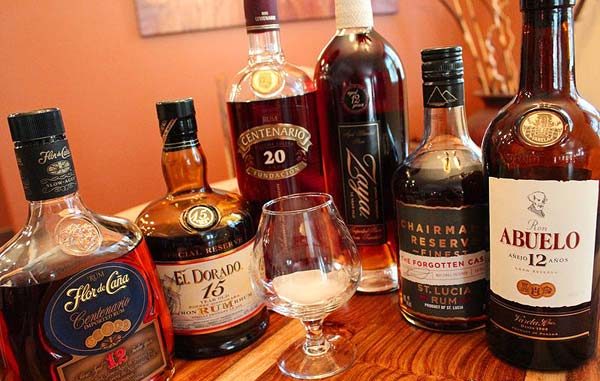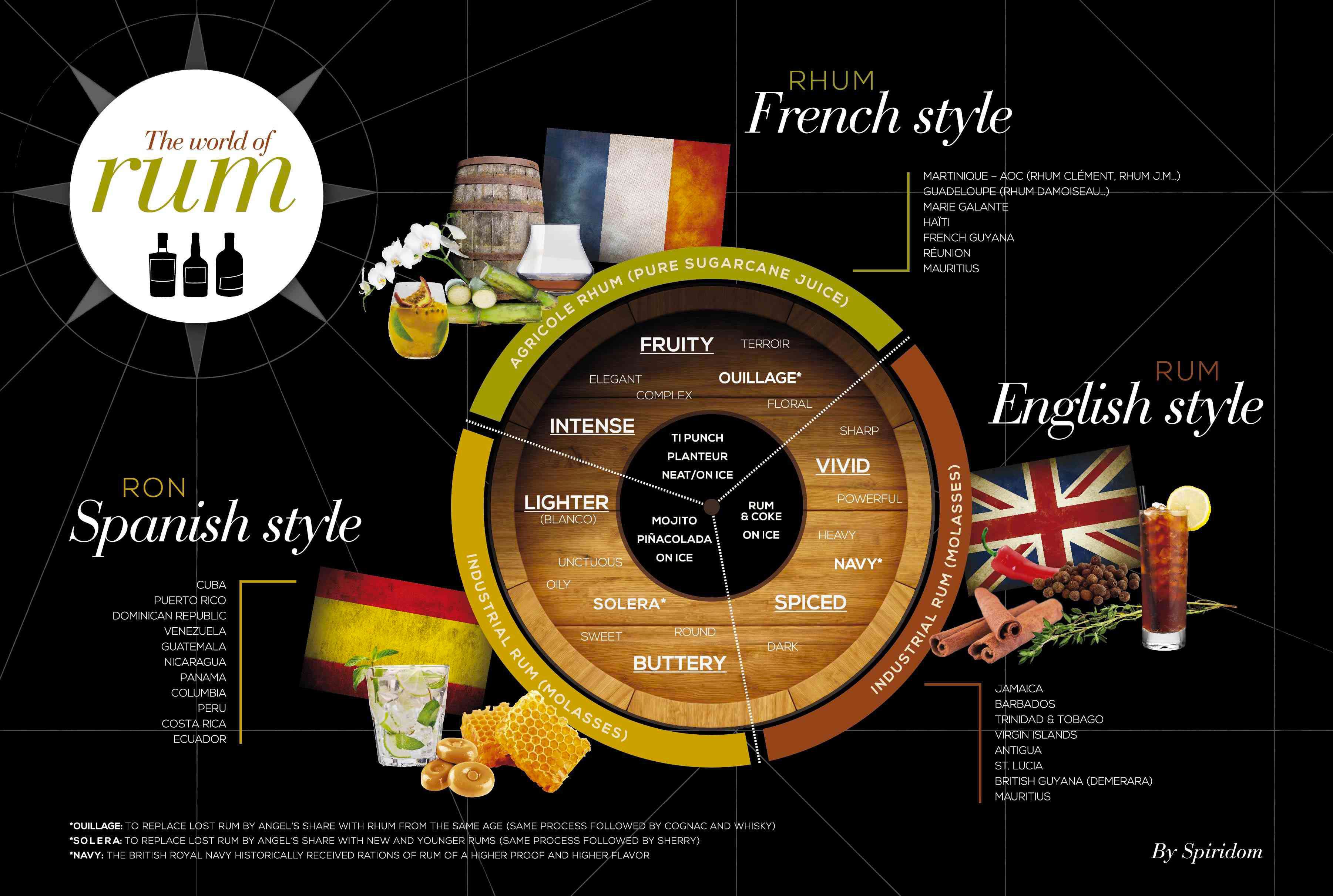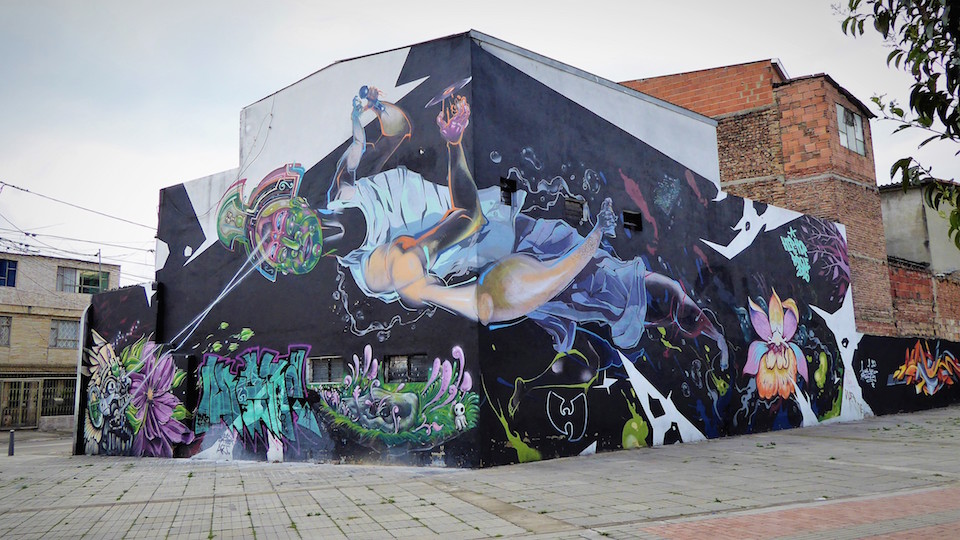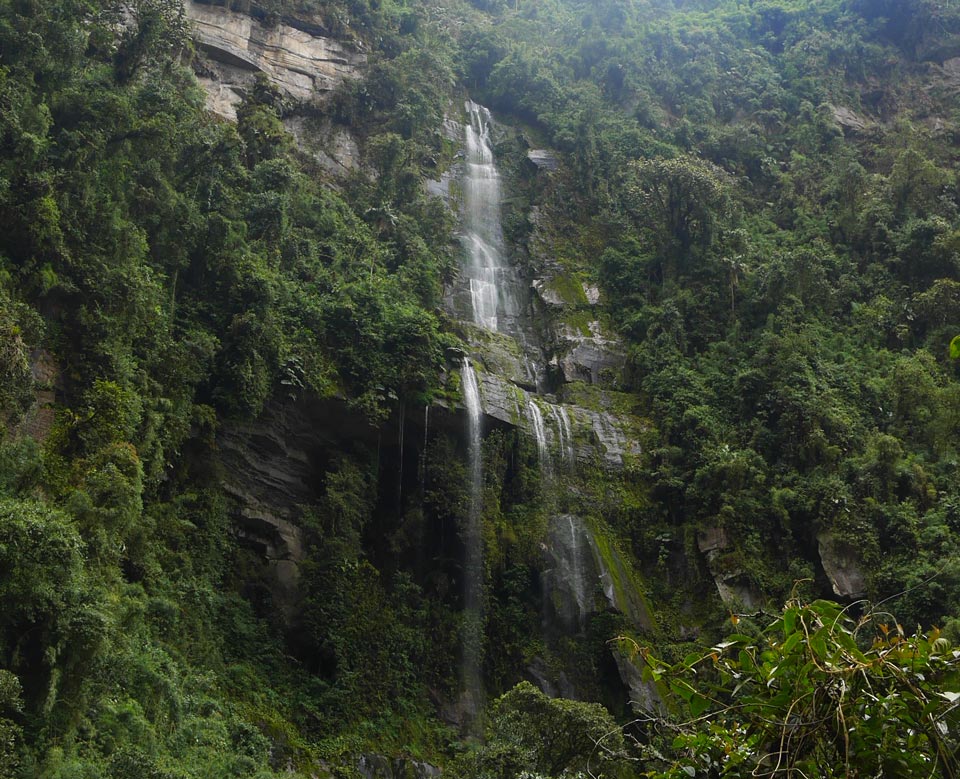
With so many to choose from, it can be difficult to make the right choice.
Rum. An essential ingredient for Mojitos, Cuba Libres and many interesting morning afters. Emily Hastings discovers that this firewater is much more than a mixer.
A few years ago, a good friend brought me a bottle of Legendario from Cuba that rocked my rum world. This sweet nectar, a complex, dark, honeyed whizz-popper of a drink was so far removed from my go-to Ron de Caldas that they shouldn’t even share the same name. They had about as much in common as a scrawny rat dog and a Saint Bernard.
Since then I’ve muddled my way through various options on supermarket shelves, from Sailor Jerry to Diplomatíco. I’ve tried the añejos, viejos and reservas, but my knowledge of this particular tipple is still pretty hazy and I continue to be mystified by the way the same spirit can differ so much from bottle to bottle.
That is, until we hunted down Philip Gillier. As the Rum Export Manager at Rhum Clément, this good natured Frenchman not only has the best job on the planet, he is also somewhat of a rum oracle.
The company’s mission is to promote rum culture and introduce people to the range of flavours that this under-appreciated alcohol has to offer. As he says, “It’s so much more than a tasteless mixer for party drinks.”
“Rum embodies a heritage of human history, through the role of sugar cane plantations in the Caribbean islands – economically, socially and politically.”
He starts by explaining that there are more than 40 different rum-producing countries, all with different traditions. The first big rum divide is in the form of the base sugar cane that is used. “There are two ways of producing rum; 95% of the rum in the world has a molasses base – the sweet dark syrup that is a byproduct of sugar production – that is then fermented and distilled. The less common method is to ferment and distil the pure sugar cane juice directly.”
And that’s not all. Gillier explains that ron, rum and rhum are not simply the same word in different languages and that the origins of each one make a huge difference to the taste.
Ron: These are the Spanish-style rums that have a smoother and sweeter taste profile. “From former Spanish colonies, these are made from molasses or caramelised sugar cane juice. What’s important to understand here is that they are aged using the solera system, which means the age given on the bottle may be misleading.”
The solera system is kind of a pyramid scheme for ageing rum, sherry, brandy and whiskey. The barrels are stacked on top of each other, with the oldest on the bottom. At the end of each cycle, about half the rum is taken from the bottom barrels for bottling and replaced with spirits from the barrels above.
Rum: These British-style spiced rums are darker and heavier. The distinctive feature of these rums is that they are blends of different distillates and ages.
“They are rooted in the navy, which paid their sailors with weekly – or daily – allowances of rum. But in order to reduce drunkenness and laziness on the ships, the rums were diluted with water and flavoured with spices and citrus zests.”
Rhum (or rhum agricole): This French-style rum is the least common. A distant cousin of Brazilian cachaça, it is made from pure sugar cane juice and aged in a similar way to scotch whiskey. “It has a flowery, green, zesty and grassy taste profile – and because it’s made from fresh juice, there’s much more terroir involved.”
It’s not hard to guess which is Gillier’s favourite as he enthuses, “In Martinique, rhum production is regulated by an AOC – an appellation of origin – guaranteeing that every stage of the process follows strict rules. There’s no added sugar, no added flavours, no added colours – making it the most natural and authentic rum you can find.” He may have a vested interest since his job is to promote this type of rum, but his passion is genuine.
A good rum can be sipped in the same way one might enjoy a malt whiskey. And with the party and present season almost upon us, the final question is the one that really matters: Which rums would this maestro recommend?
“If you are looking for a Ron, try the 12-year-old El Dorado from Guyana and Botran Reserva from Guatemala. La Hechicera, that old favourite from right here in Colombia, is excellent too. Rum-wise, I like the Chairman’s Reserve Forgotten Casks from Santa Lucia, Doorly’s XO from Barbados and Appleton from Jamaica. Top of my rhum list would be Martinique’s Rhum Clement and Rhum JM or Damoiseau from Guadeloupe.”
By Emily Hastings






